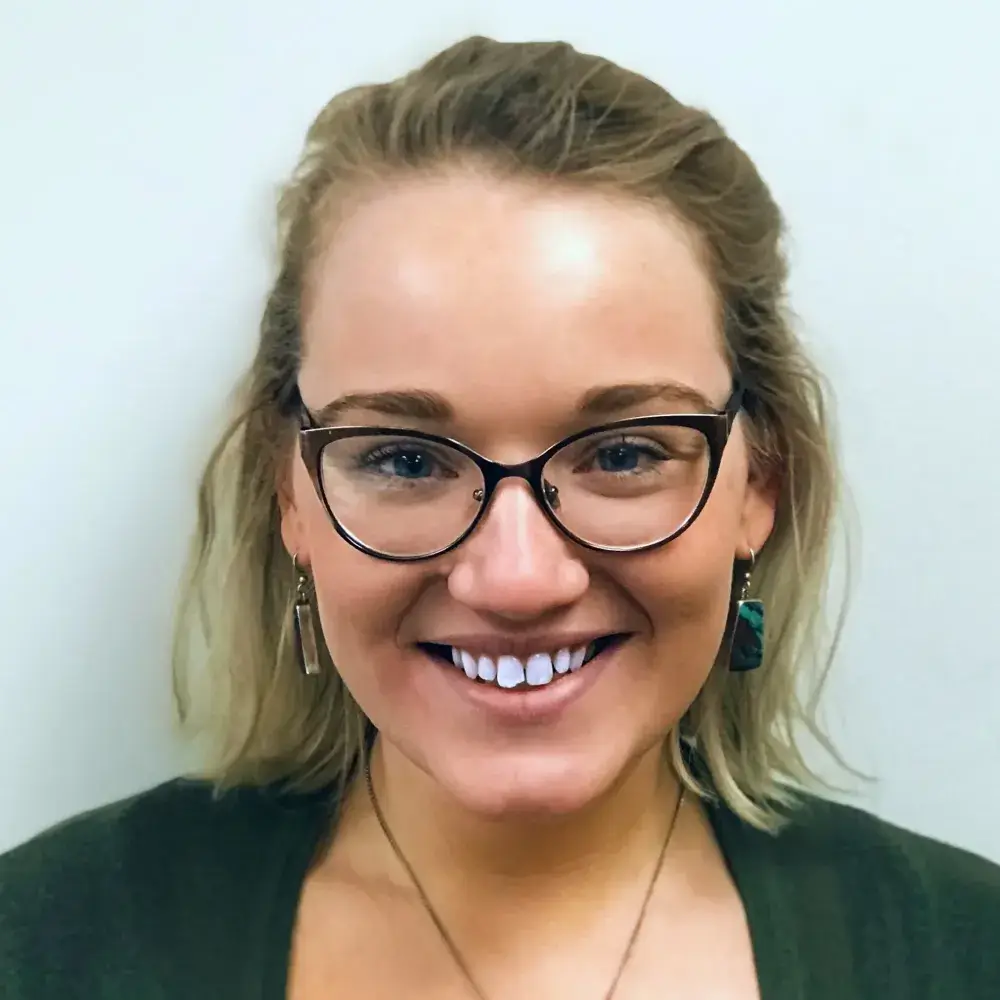College Board offers several potential accommodations for students with disabilities. The most common accommodations include extended time (either time and a half or double time), extra or extended breaks, and large print test booklets. For the SAT, students can also receive accommodations for specific sections of the test instead of the entire test. For example, a student with a math-based learning disability may be approved for extended time on the math sections of the test but not on other sections.
With the transfer from the paper SAT to the Digital SAT, the manner in which certain accommodations are provided will change. We address these changes at the end of this article.
Step 1 – Determine Student Eligibility
A student is eligible for SAT accommodations if the following 3 criteria are met:
- A student has completed formal testing for a disability that was documented by a certified professional.
- The disability would impact the student’s performance on the SAT
- The accommodations are necessary for the student to perform to their potential on the SAT
Step 2 – Choosing Appropriate SAT Accommodations
The College Board allows students to choose to apply for a variety of accommodations including:
- Extended Time (typically one-half time or double time)
- Breaks
- Recording Responses
- Use of a Four-Function Calculator (only relevant for the paper SAT)
- Reading and Seeing Accommodations
- Assistive Technology
- Other Accommodations
Step 3 – Gather Documentation
Two kinds of documentation are necessary for accommodations requests:
- Educational or neuropsychological testing completed by a credentialed school official or private evaluator
- Records of the accommodation implemented by the school
If the testing has been completed in the local public school system, results are typically filed in an Individualized Education Program or 504 plan. These documents contain the student’s diagnosis and accommodation plan that must be implemented by the student’s school.
For private school students, testing can be sought through the school or a private evaluator. Results are typically distilled into a service plan that functions similarly to a 504 plan by providing the school with instructions for accommodations.
For students with learning disabilities or ADHD, College Board requires that all testing was conducted within the last five years. For students with visual impairments, testing must have been conducted within the past two years. For students with other medical or psychiatric disorders, testing must be conducted within the past year.
Step 3 – Submit Your SAT Accommodations Request
College Board accepts requests for SAT accommodations in two ways:
- School-assisted applications (preferred by College Board) – A designated school disabilities coordinator (SSD) assists the student in submitting the accommodations request online. If the student already has an IEP or 504 plan with similar accommodations in place, it speeds up the approval process to approximately three weeks. Without a current IEP or 504 plan, the approval process typically takes closer to seven weeks.
- Independent applications – Students can also submit the request without school assistance. However, College Board does not prefer this process, so it is only recommended for students who are homeschooled or have other extenuating circumstances. The student will need to complete the Student Eligibility Form and all required documentation. It takes up to seven weeks for independent SAT accommodation requests to be reviewed.
Step 4 – Register for the SAT with Accommodations
College Board will mail the student an eligibility letter specifying what accommodations they have approved. The letter will include a code that the student must input when registering for the SAT. The school SSD coordinator may also find the student’s code in their online request system. Once SAT accommodations have been approved, the student may use the specific accommodations on any College Board exam without reapplying for future test dates.
If the SAT accommodations request is denied, the student may begin the appeal process. College Board often requires additional testing or more specific evidence from the student’s school or a credentialed professional to reopen an accommodations request. It can take an additional seven weeks for the College Board to process the appeal.
How to Use Your SAT Accommodations on Test Day
Once a student has registered for the SAT using the code from their eligibility letter, the approved accommodations should be ready for them on test day. Students should still bring their eligibility letter on test day. Please note that accommodations CANNOT be changed or waived on the test date. If you need to and must be discussed with SSD no later than 5 days prior to the exam date.
How Test Accommodations Change with the Digital SAT
Some testing accommodations are administered differently when a student is taking the Digital SAT compared to the Paper SAT. If a student is unable to test using the digital test, they should contact College Boards’ customer service to request a paper test.
Here is an overview of the most common changes:
- Students who receive extra time will take the exam in a single sitting and will automatically be given extra breaks.
- Students approved for a reader will be allowed a screen reader with headphones on the digital test and will automatically be approved for one-half extended time.
- Students approved for “extra breaks as needed” will see a pause button below the timer.
- Students approved for a writer/scribe will be allowed to use speech-to-text software.
- Students approved for “Limited Time” will test over a multi-day period not exceeding their approved time limit.
- Students approved for Large Print Exams will use the Zoom feature.
- The 4-Function calculator accommodation is no longer available.
The Following Tools are Available for All Students on the Digital SAT:
- Zoom
- Color contrast
- Calculator
- Math Reference sheet
- Annotator (highlighter and notepad)
- Mark for review
- Answer eliminator
- Question navigator (to quickly review and navigate to specific questions)
- Expand passage or item
The College Board’s explanation for using accommodations on digital exams can be found here.
Deadlines to Apply for SAT Accommodations
Before walking through the steps to apply for SAT accommodations, you should know what the deadlines are for this application process. You can look up the deadline for an upcoming test date here.
Temporary Medical Conditions
The SAT suggests students who suffer from a temporary medical condition that will affect their ability to take the exam (such as a broken limb) should reschedule. However, if that is not an option, you can find out more information about applying for accommodations here.
Mindfish’s Suggestions
Many schools will simply request one-half extra time for students. For many of our students, we suggest they consider whether they are eligible for a “Limited Time” accommodation. This accommodation is often overlooked and we highly consider each family of a student with disabilities to consider if their student might be eligible for this multi-day testing option. Please note, the SAT must be administered within the seven-day period that begins with the Saturday national test day.
If you need to contact SAT for any reason and your student has been approved for accommodations, we suggest contacting the SAT Service for Students with Disabilities line at 844-255-7728 instead of the general SAT Customer Service line.
Questions?
If you have any questions about the SAT accommodations request process, please reach out to our accommodations expert Hailey Andler at hailey@mindfish.com or 720-307-2750.
Hailey Andler
Hailey is a Board Certified Cognitive Coach who has worked with dyslexic and neurodivergent students for over 10 years. She currently works as Mindfish’s Managing Director and oversees Mindfish’s programs for neurodivergent students. As an educator with double deficit dyslexia and auditory processing disorder, Hailey is intimately aware of the difficulties that many students with learning differences face. While Hailey specializes in working with dyslexic students, she also works with students with all types of learning differences including ADHD, Autism, and Dysgraphia.





